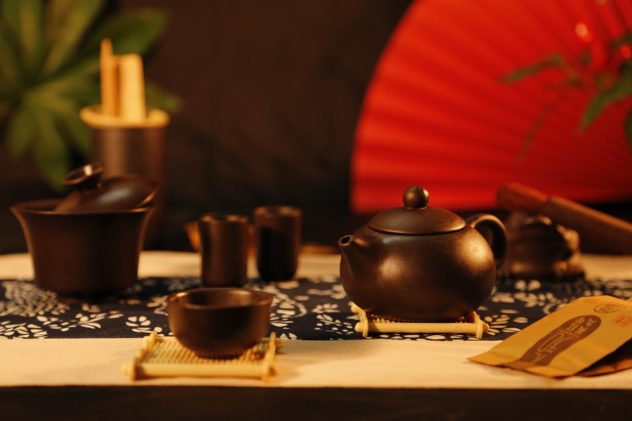Vocabulary:
- uniqueness /yoo-NEEK-ness/
- mistaken /mi-STEY-kuhn/
- hue /yoo/
- fragrance /FREY-gruh ns/
- fascinating /FAS-uh-ney-ting/
- inexpensive /in-ik-SPEN-siv/
- delicate /DEL-i-kit/
[nounj] the quality of being unique
My sister was awarded by the school because of her friendliness and uniqueness.
[adjective] wrong in what you believe, or based on a belief that is wrong
My brother and I are usually mistaken as a couple by a lot of people.
[noun] (a degree of lightness, darkness, strength, etc. of) a color:
The rich maroon hue was mixed with black.
[noun] a sweet or pleasant smell:
It always makes me smile whenever I smell the fragrance of roses.
[adjective] extremely interesting
The advertisement was fascinating, it made me want to buy the item.
[adjective] –not costing a lot of money
We went to a restaurant, and the food was very delicious but also inexpensive.
[adjective] –pleasant but not easily noticed or strong
The chef was highly praised by the customers for cooking a delicate and delicious ramen.
Main Types of Japanese Green Tea
1. Matcha
Matcha is a fine green powder that dissolves in hot water. It also sparkles and has a relaxing fragrance. We can always find and savor it in Tea ceremonies. Matcha is still mistaken as green tea by some people because of its appearance and popularity. People love the flavor so much that they make it sweets like ice cream, chocolate, cakes, frappes, and more.
2. Hojicha
This tea came from roasted tea leaves. It creates a brownish hue and mild taste when hot water is poured. Japanese people across all generations enjoy Hojicha because of its taste, fragrance, and the warm, brown color it creates that reminds them of the fall season.
3. Sencha
Sencha is usually served in most Japanese restaurants. It is quite popular because of its soothing and easy to drink qualities that Japanese people enjoy. Moreover, Sencha is rich in vitamin C, has a clear yellowish-green color, and a well-balanced flavor.
4. Genmaicha
Genmaicha is a mixture of sencha tea and brown rice. The mixture creates a nutty flavor, and the toasted aftertaste makes it fascinating.
5. Gyokuro
This type of tea is one of the finest blends in Japan. Gyokuro is unpopular outside Japan because of its seaweed taste and distinct flavor. Also, it is advisable to consume its richness in small amounts.
6. Konacha
Konacha is a tea made out of tiny leaves. We can always find konacha in most sushi restaurants. They prefer Konacha because it is inexpensive and has a strong, flavorful taste.
7. Bancha
This type of tea is created using mature tea leaves. Bancha sparkles in a golden color when mixed with hot water. Bancha is popular with the Japanese people for its delicate taste and soothing quality.
Apart from the aforementioned, Sobacha (from roasted buckwheat groats) and Wakocha (Japanese Black tea) are also some of the varieties that the Japanese tea culture offers.
Comprehension Questions:
- Which type of Japanese green tea has a large amount of Vitamin C, crystal clear yellowish-green color, and a tasteful flavor?
- According to the article, why is gyokuro not suitable to the taste buds of people outside Japan?
- Why is matcha often confused as green tea?
- Genmaicha is a combination of what?
- Which type of tea is popular for its delicate taste and soothing quality?
Discussion Question:
- Which type of tea in the article that you haven’t tried yet? Will you try to drink it? Tell me why.
- Which type of tea in the article do you like the most? Please tell me more.
- If you have some foreign friends, which type of tea will you recommend and why?
- When and where do you usually drink tea? Tell me more about it.
- Do you believe drinking tea is important? If yes, please tell me more. If no, why not?
